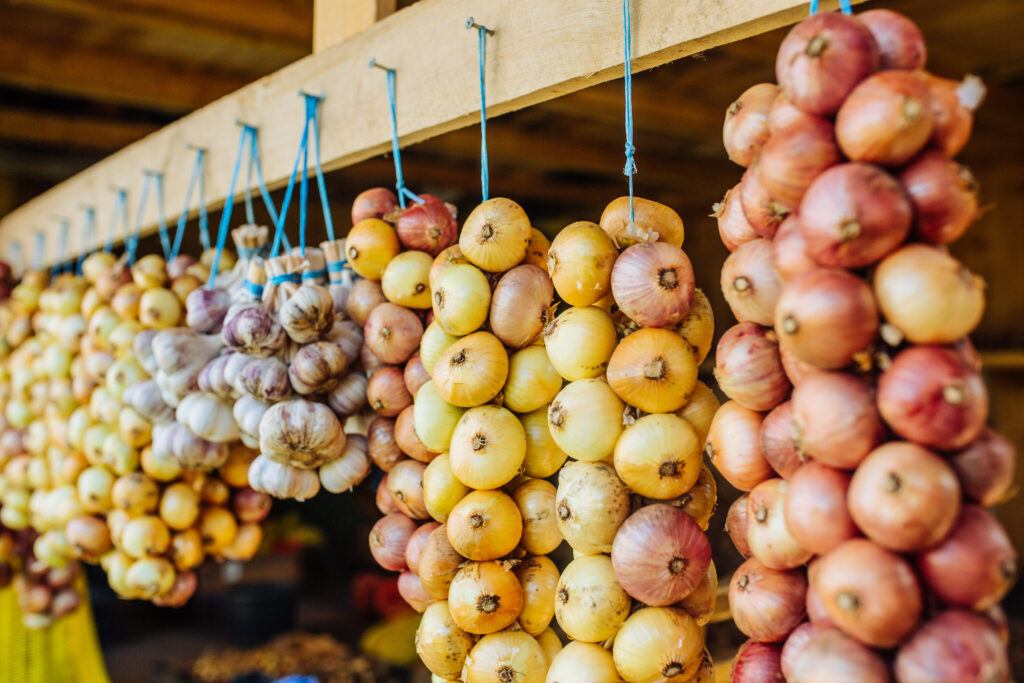In 2022, 231,000 hectares (571,000 acres) of farmland, equaling 23 per cent of Estonia’s agricultural land in use, was recognised as organic or in transition to organic production, according to Statistics Estonia.
Of this, 211,000 hectares (521,000 acres) is already fully under organic production and 20,000 hectares (49,500 acres) is in transition. Only land fully under organic farming and land in transition to fully organic land recognised as such by the country’s Agriculture and Food Board is counted as organic land.
The land area under organic farming in Estonia has been constantly increasing year after year, and with this result, the country holds second place in Europe after Austria.
Last year, fully organic cereals, meaning cereals grown on land that has completed the transition to organic, were grown on 48,900 hectares (121,000 acres) in Estonia, along with 6,600 hectares (16,000 acres) of legumes and 250 hectares (620 acres) of vegetables and strawberries. There was a total of 2,200 hectares (5,440 acres) of organic orchards and berry gardens. The area under organically grown potatoes was 105 hectares (260 acres).

The total harvest of organic grain was a record 120,000 metric tons in 2022. This surpassed the previous records of 101,000 metric tons registered in 2019 and 99,000 metric tons registered in 2020. The total harvest of organic legumes was 9,600 metric tons, which is also a good result, according to the Agriculture and Food Board. The total harvest of organic potatoes was 1,400 metric tons, which is seven per cent less than the year before.
Organic pig farming not very popular
Since organic farming does not use artificial mineral fertilisers and plant protection products, the yields per hectare of crops are significantly lower compared with conventional farming. For example, the average cereal yield in Estonia last year was 4.2 metric tons per hectare, compared with 2.5 metric tons for organic cereals. Potatoes had an average yield of 23 metric tons per hectare, compared with 12.9 metric tons for organic potatoes.
A total of 3,800 metric tons of organic meat, 8,100 metric tons of organic milk and 5.9 million organic eggs were produced in Estonia in 2022. The most popular segments of organic livestock farming are the farming of organic sheep, goats and also organic cattle.

The share of organically farmed sheep and goats was 44 per cent of all sheep and goats in Estonia. In cattle production, the share of organically farmed animals was 18 per cent, or 44,300 heads of cattle. Organic pig farming is not very popular in Estonia, with only 750 out of the total of roughly 302,000 pigs reared organically last year.
Statistics Estonia produces statistics on organic farming on the basis of the organic farming register of the Agriculture and Food Board. Only fully organic products are included in the organic production statistics.

